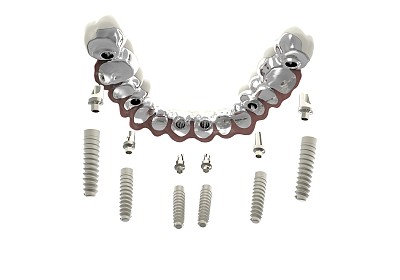Essential Precautions to Consider Before Getting a Dental Filling to Ensure Optimal Oral Health and Comfort
Summary: Receiving a dental filling is a crucial procedure aimed at restoring oral health, but it requires careful consideration of several essential precautions. This article explores four key aspects: understanding the types of dental fillings, preparing for the procedure, discussing post-operative care, and recognizing potential complications. Each section aims to guide patients toward making informed decisions that ensure not only optimal oral health but also comfort throughout the process. By being well-prepared, patients can enhance their overall experience and outcomes.
1. Understanding the Types of Dental Fillings

Before undergoing a dental filling procedure, its crucial to familiarize yourself with the different types of materials available. Common options include composite resin, amalgam, gold, and porcelain. Each material has its unique properties, advantages, and drawbacks. For instance, while composite resin fillings are aesthetically pleasing and blend well with natural teeth, amalgam fillings are known for their strength and durability.
Additionally, some patients may have preferences based on their sensitivity to certain materials. For example, patients with allergies to metals should avoid metal-based fillings. Consulting with your dentist can help you determine which type suits your needs best and how it aligns with your overall oral health goals.
Understanding these options will empower you to make informed choices and contribute positively to your dental health journey. A thorough discussion with your dentist about the pros and cons can facilitate a better understanding of which filling material will best suit your lifestyle and preferences.
2. Preparing for the Dental Filling Procedure
Preparation is vital for ensuring a smooth dental filling process. Start by arranging a consultation with your dentist to evaluate your dental condition. During this visit, your dentist may conduct an examination and possibly take X-rays to assess the extent of tooth decay or damage. Finding the right time for the procedure is important to minimize potential discomfort, so consider scheduling it during a period when you can afford some time for recovery.
Next, discuss any medications you are currently taking with your dentist. Certain medications might affect the procedure or your recovery process. If you are on blood thinners or have other health concerns, the dentist will need to take precautions to ensure your safety during the filling.
Lastly, consider your comfort needs regarding anesthesia. Some patients may experience anxiety about dental procedures, so discussing sedation options with your dentist can make the experience more tolerable. Being proactive in this stage can lead to a more comfortable visit overall.
3. Post-Operative Care to Enhance Recovery
After receiving a dental filling, proper post-operative care is essential for the healing process. Your dentist will provide specific aftercare instructions, but generally, you should avoid eating hard or sticky foods for at least 24 hours to allow the material to set properly. Gently rinsing your mouth with warm salt water can help soothe your gums and promote healing.
Pain management is another crucial aspect of post-care. Over-the-counter medication, such as ibuprofen, can help alleviate any discomfort. However, if the pain persists or worsens, contacting your dentist is essential, as it may indicate complications such as an allergic reaction or improper fitting of the filling.
Regular follow-up appointments will also play a significant role in your recovery. These visits allow your dentist to check the filling’s integrity and ensure it fits well with your bite. Monitoring changes can help prevent future dental issues and ensure the longevity of your filling.
4. Recognizing Potential Complications
While dental fillings are generally safe and effective, being aware of potential complications is vital. One common issue is sensitivity to hot or cold temperatures after the procedure. This can result from the filling material as your tooth structure adjusts. Most cases of sensitivity diminish over time, but persistent discomfort should be addressed by your dentist.
Moreover, improper placement of the filling can lead to issues such as further decay or damage to the tooth. If the filling does not fit correctly, it could create gaps that allow bacteria to enter, leading to future cavities. Regular dental check-ups will help catch these issues before they escalate.
Lastly, understanding the signs of potential complications, like swelling or severe pain, can enable early intervention. Maintaining open communication with your dentist about your healing process is crucial in addressing these concerns promptly.
Summary:
In preparation for getting a dental filling, understanding the types of materials available is paramount to making an informed choice that aligns with your oral health needs. Additionally, thorough preparation leading up to the procedure, adhering to post-operative care instructions, and being aware of potential complications will set the stage for a successful experience. By considering these precautions, you can ensure both optimal oral health and comfort during the recovery process.
This article is compiled by Vickong Dental and the content is for reference only.



